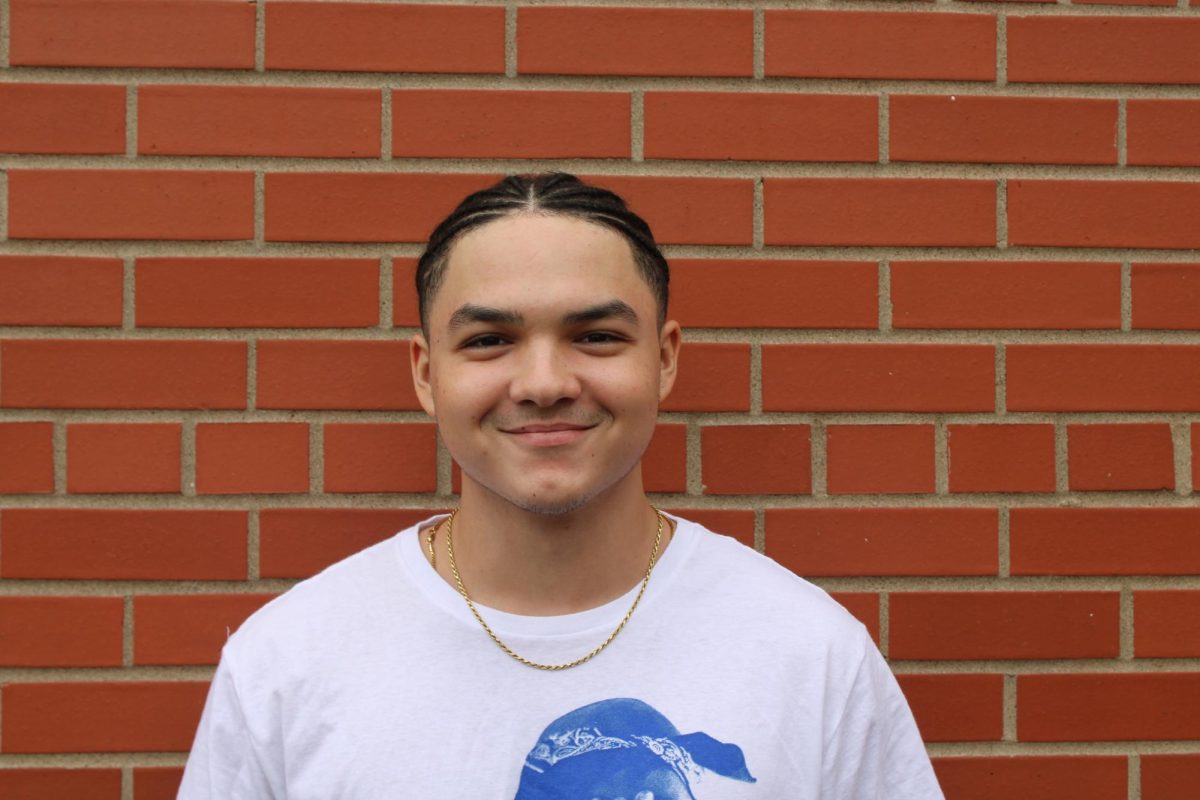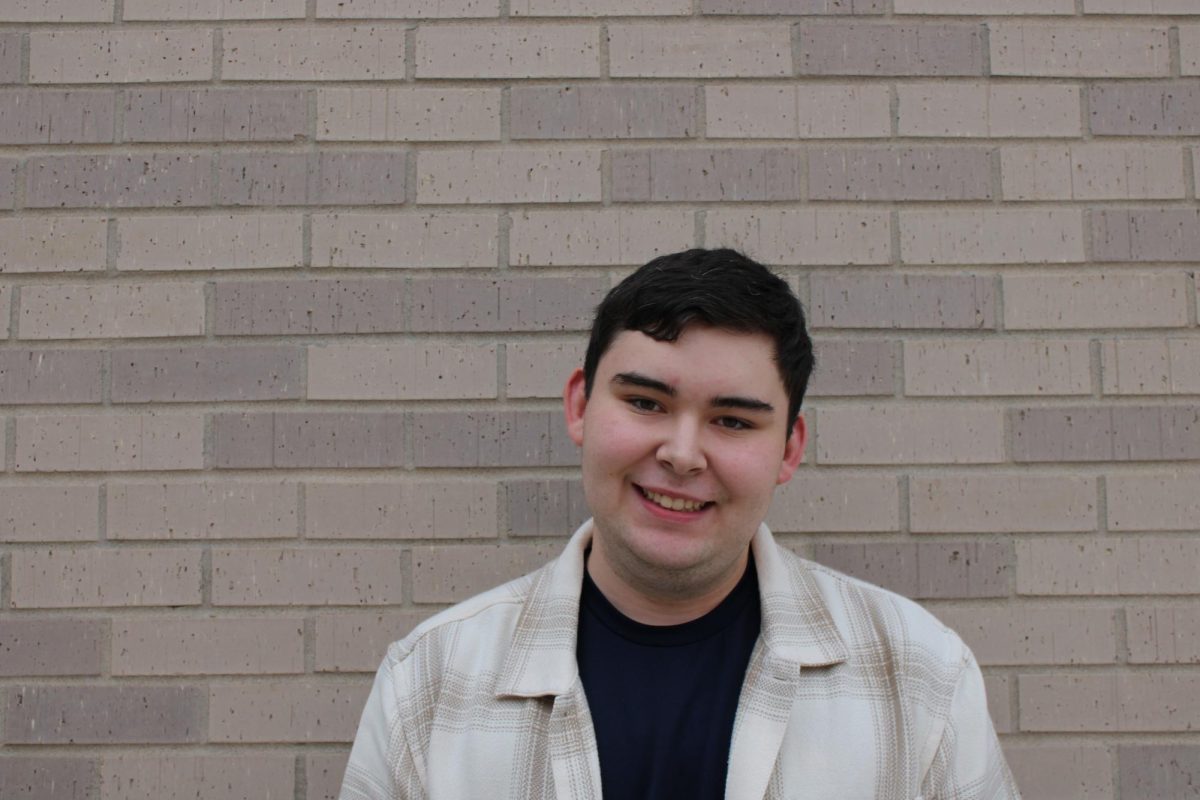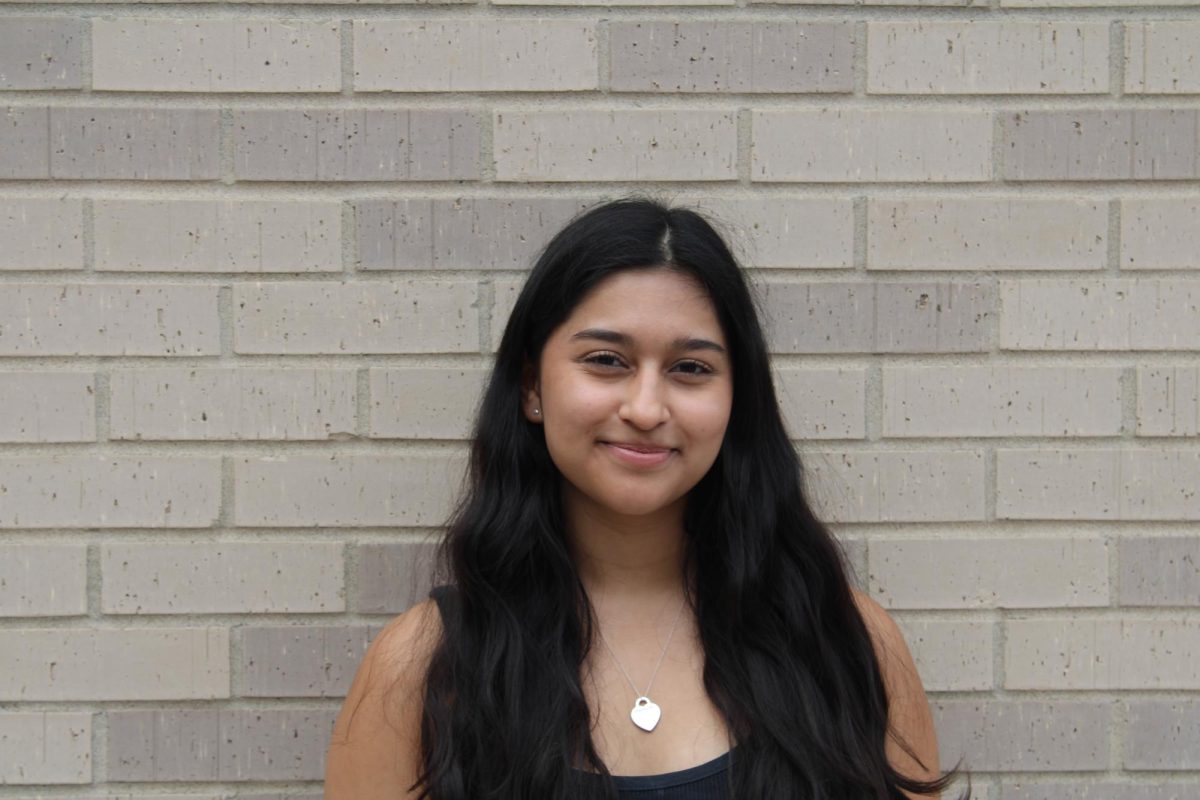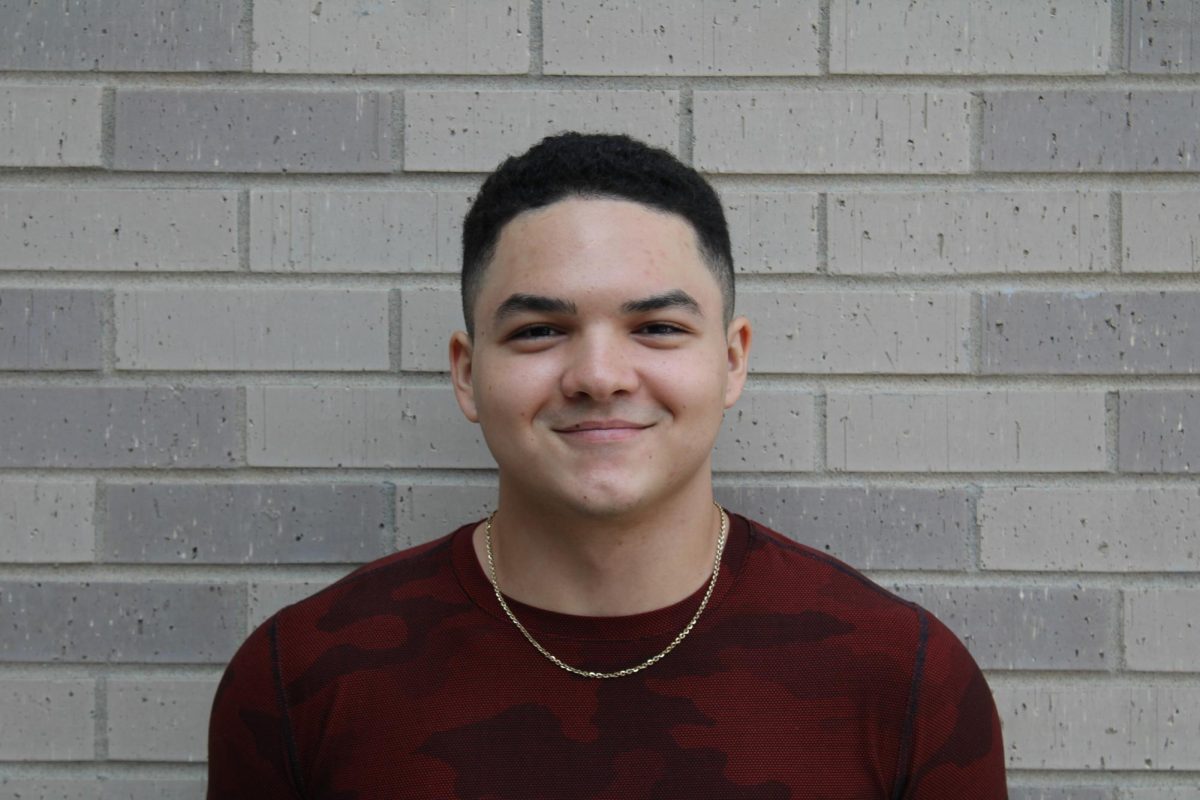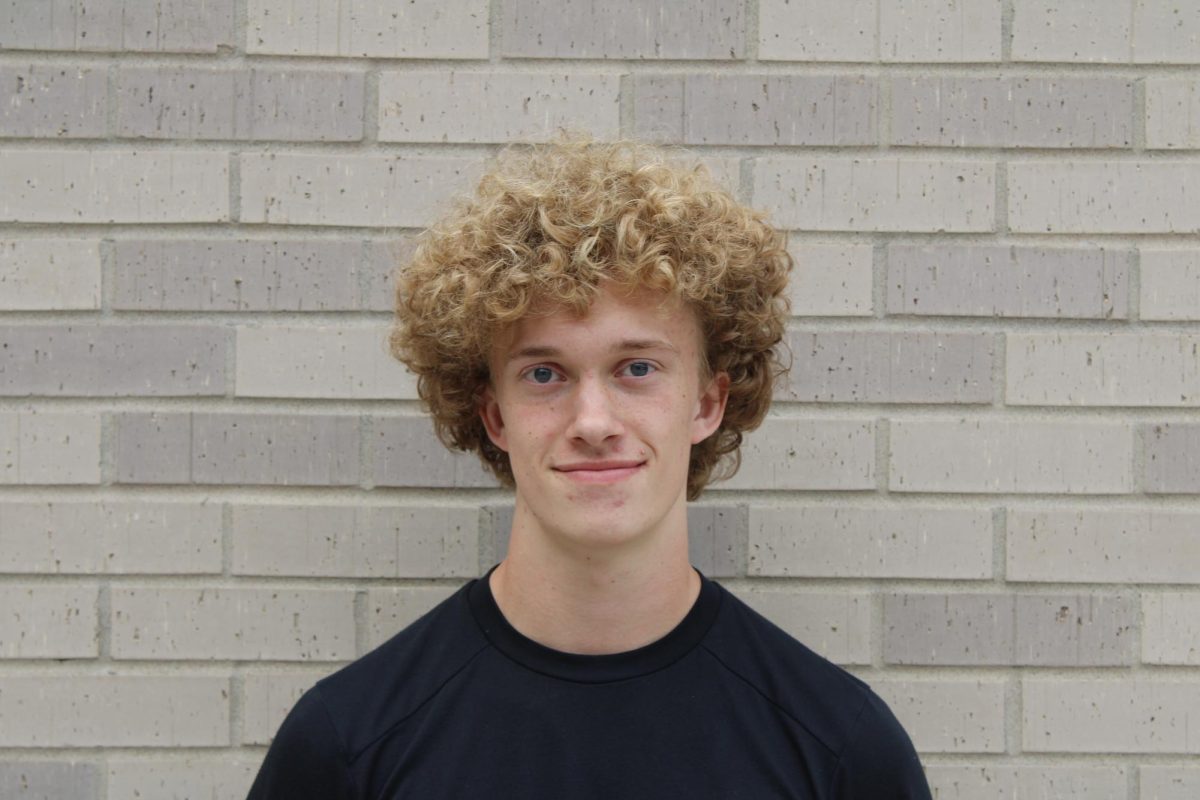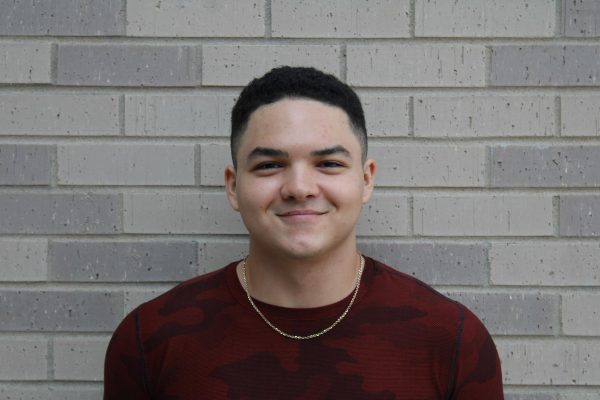As we enter 2024, we enter into a new year of statistics — innocent civilians being killed at the hands of police. So far into the new year, 44 civilians have been killed at the hands of the police, which is already 28% of all the civilian deaths that occurred at the hands of police in 2023. One such death in 2023 was Yia Xiong, whose family, nearly a year later, is still waiting for justice.
Yia Xiong was a 65-year-old man who, in February of 2023, was shot by police officers responding to a call. Though some details about the incident are scarce, we have details about the altercation.
On Feb. 11 at 4:55 p.m., Police officers responded to a call to the Winslow Commons building on the 100 block of South Western Avenue off West Seventh Street. The call referenced Xiong threatening people with a knife at a birthday party. When the scene was shifted to his apartment, officers told Xiong to drop the knife, but he didn’t respond and turned to unlock the door to his apartment, the Bureau of Criminal Apprehension (BCA) reports.
In that very same statement at the time, they said “The officers kicked the door to stop it from fully shutting and ordered him to come out, they then backed away from the door and down the short hallway. Xiong opened the door and stepped into the hallway, knife still in hand.” The St. Paul police issued a statement, stating “the officers retreated as the man advanced towards them.” One officer fired a rifle, and another officer shot a taser. Xiong died from multiple gunshot wounds.
Community members advocating for justice and trying not to let the story fade away came out, speaking about how the instance could have ended differently. Pa Der Vang, a former employee of Ramsey County who worked as a crisis worker, said “In a case like that, if a crisis worker were to respond to that situation, they would have a conversation with the individual if he was not making an immediate threat to harm himself.” The unfortunate but grim reality is that many Americans would look at that instance and deem the violence that the police used as “justified.” But the even grimmer reality is that opinion is a very Americanized one.
When looking at other comparable developed nations, if this situation were to play out in one of those countries, the results would be drastically different. For example, in the UK most officers do not even carry guns. So, if a suspect were to be holding a knife, for instance, UK police would use tactics to surround and contain the suspect until backup came or try to apprehend the suspect using pepper spray and their batons. In France, a somewhat similar case is true. Though most French police do not carry guns, in recent years, there have been rollbacks on such progress. Outside of that fact, and outside of the recent riots and protests after the killing of Nahel Merzouk in 2023, French police in comparison to American ones are pound for pound less violent, but still on the rise. French police, similar to British ones, when approached with a situation like Yia Xiong’s, would try to apprehend the suspect peacefully and or wait for backup to assist more nonviolently. Nordic Europeans are the same, taking a more nonviolent approach to apprehending armed individuals. Reasonability without solutions is useless. In other words, showing all these comparisons without knowing if it is truly possible in America is useless.
When it comes to any type of problem in America, the available solutions tend to be bandage solutions, never stitches to sew the wound. One of those bandage solutions, as community members have been calling for, is instead of police being sent in, a crisis worker would. Time and time again we are shown the irresponsibility of police in handling more touchy situations and the effectiveness of crisis/mental health workers in handling these situations. According to the Department of Health and Human Services, most with mental illness are non-violent. Despite this fact, police often are the first to respond to mental health calls. In a scary number of instances, it results in deadly consequences.
It should come as no surprise when we hear stories like New York establishing the Behavioral Health Emergency Assistance Response Division (B-HEARD), leading to fewer hospitalizations when compared to traditional 911 responses. During 2022, B-HEARD produced 33% fewer hospitalizations compared to traditional 911 responses. Specifically, 87% of people served by traditional 911 calls were transported to a hospital, compared to B-HEARD’s 54%.
When analyzing similar situations like Yia Xiong’s, race will also always be in the conversations. There are two main points to analyze. First, minorities will always have a higher likelihood of getting killed by the police. Second, minorities, when accounting for mental health variables, will have a significantly higher chance of getting killed at the hands of the police. Unfortunately, one of these points was all too prevalent for Yia Xiong: race. Xiong was an Asian man who had extreme hearing loss and couldn’t speak English. Though Xiong’s family reported they saw no signs of mental illness, the inability to hear all the way or speak English is reminiscent of how police deal with people with mental health — they don’t. Police have consistently approached people with barriers in a “my way or the highway” mentality, which is unfortunately shown in the body cam footage released from the instance.
Yia Xiong’s story has unfortunately gone under the radar, along with the average of 600 people who die every year at the hands of the police. As we enter into a new year, nothing is changing for the innocent Americans who are killed every year. But as we enter into a new year, more and more Americans are starting to see reform to policing as necessary. As for the youth of America, police reform is even more prevalent and extreme, specifically in Gen Z, the generation composing American high schools such as Park.



